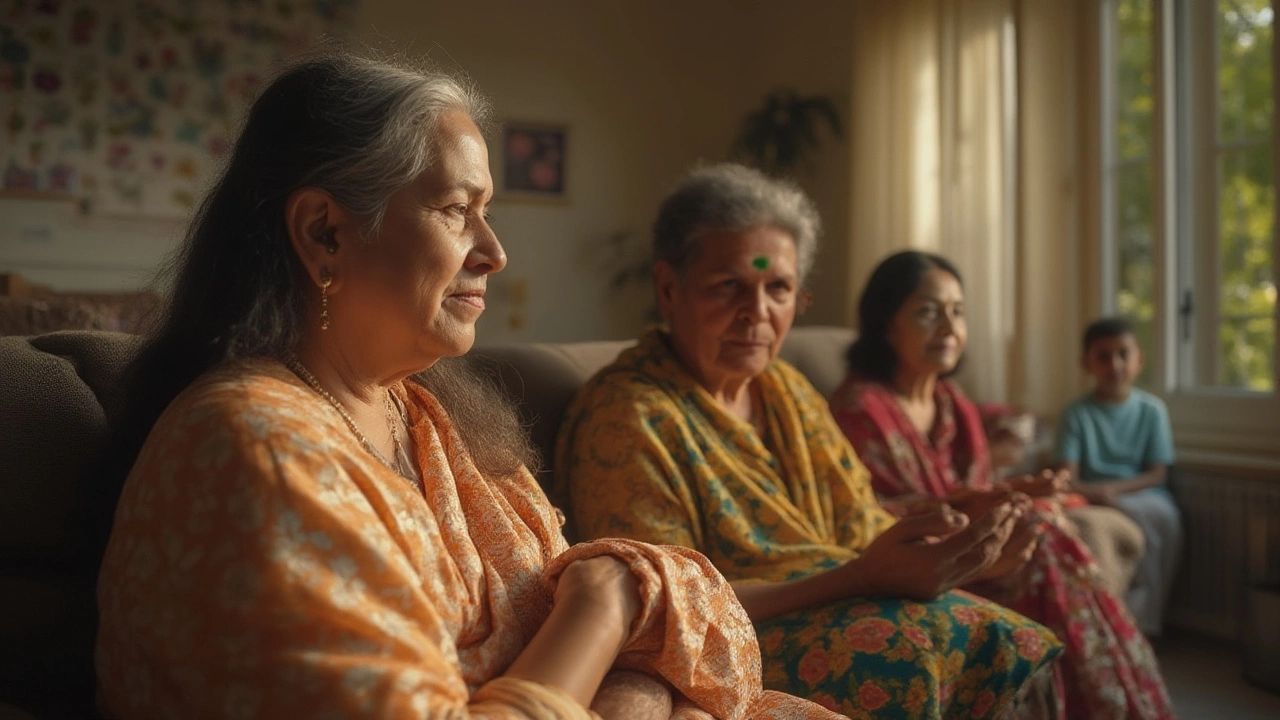
Imagine sitting in a sterile clinic, fluorescent lights buzzing above, and hearing your oncologist say, “Chemo is an option.” Not a command. An option. The popular belief? If you get cancer, you get chemo. Simple. But reality is jagged: more than 20% of cancer patients with solid tumors in clinical settings choose to skip chemo at least once. Why would anyone turn down such a mainstream treatment? The reasons are a tangled web of science, personal values, risks, life quality, and sometimes sheer stubborn hope. Here’s where things start to get real for patients and families staring down a terrifying decision.
Understanding When Chemo Might Not Be the Best Option
Not every cancer, and not every patient, fits into the chemo box. Sometimes, the numbers simply don’t add up. For example, several studies published in JAMA and The Lancet show that for certain cancers—like late-stage pancreatic, glioblastoma, and advanced lung cancer—chemotherapy may extend life by only weeks or a couple of months but comes packed with tough side effects. These include hair loss, nerve pain, fatigue, nausea, and increased infection risk. For elderly patients, especially those over 80 with low performance status or major organ problems, the risk from chemo can outweigh any benefit. In one study from 2023, more than 30% of patients over 75 with advanced cancer said no to aggressive chemo after learning about the potential impact on their ability to eat, walk, and enjoy time with loved ones.
Then there’s the question of recurrence risk and cancer type. Take early-stage prostate or some slow-growing lymphomas, for example. Their growth can be so sluggish that doctors often recommend “watchful waiting” instead of jumping straight into chemo. And there’s this uncomfortable fact: not every tumor responds to chemotherapy, so patients sometimes discover after a few rounds that it’s not working. At that fork in the road, many decide to shift gears toward newer, less punishing treatments, clinical trials, or sometimes palliative care focused on pain and comfort.
Even for those with treatable or potentially curable cancers, personal priorities play a big role. Some folks value quality of life over a slightly longer timeline. Others fear losing independence, especially after talking to friends who’ve had a hard time bouncing back from chemo side effects. Some want to avoid hospitalization or being tethered to a treatment center and instead keep living, traveling, or spending precious, energetic months with family.
And let’s talk about cost. In the United States, chemo can cost $10,000–$30,000 per month for advanced cancers, not counting extra medications to counteract side effects, hospital stays, and loss of income. Even with insurance, out-of-pocket costs drive some folks to say no—or at least ask about other options. Bottom line: whenever the impact of chemo seems small and the price (in suffering, money, lost time, or shaky odds) looms large, doctors and patients step back to reconsider.
Getting the Facts: What Your Oncologist Should Tell You
Most people want to say yes to hope, but not false hope. When it comes to chemo, clarity beats optimism. Good oncologists break things down into facts, not sugar-coating, so you can weigh real risks and benefits. Expect your doctor to provide detailed info on three fronts: probability of remission or longer life, predicted impact on daily function, and the actual side effect profile.
They should dig into details: Will chemo shrink tumors or just slow things down? Is it likely to put cancer in remission, cure it, or only buy time? How much time, on average? A 2022 review in Nature found that oncologists who gave precise months or percentages helped patients make more confident decisions—and led to fewer regrets down the line. Your doctor should have data (recent, not from the 1990s) about chemo success rates for your exact cancer type and stage, not just general averages. Here’s what a straightforward stats table might look like for metastatic cancers:
| Cancer Type | Median Life Extension with Chemo | Major Side Effects (% patients) |
|---|---|---|
| Metastatic pancreatic | 10–12 weeks | 90% |
| Advanced non-small cell lung | 11–16 weeks | 85% |
| Early prostate (watchful waiting) | Not applicable | 14% |
| Lymphoma (slow-growing) | Variable | 30–60% |
Chemo isn’t a one-size-fits-all traffic light—stop, go, or yield. For example, some newer “targeted” chemo drugs have fewer side effects for certain cancers (like breast or colon) and might be easier to tolerate. But your genetic profile, kidney and heart function, mental health, and even support system all play heavily into how well you’ll handle treatment.
If you’re seriously considering skipping chemo, ask your oncologist about alternatives. What about immunotherapy, hormone blockers, radiation, or new clinical trials? What happens if you do nothing at all? Some doctors might push for chemo as the “standard of care,” but it’s your right (in many countries it’s protected by law) to request a second opinion. A Mayo Clinic survey found about 45% of patients who got second opinions changed at least part of their treatment plan—sometimes avoiding chemo altogether or using less aggressive regimens.
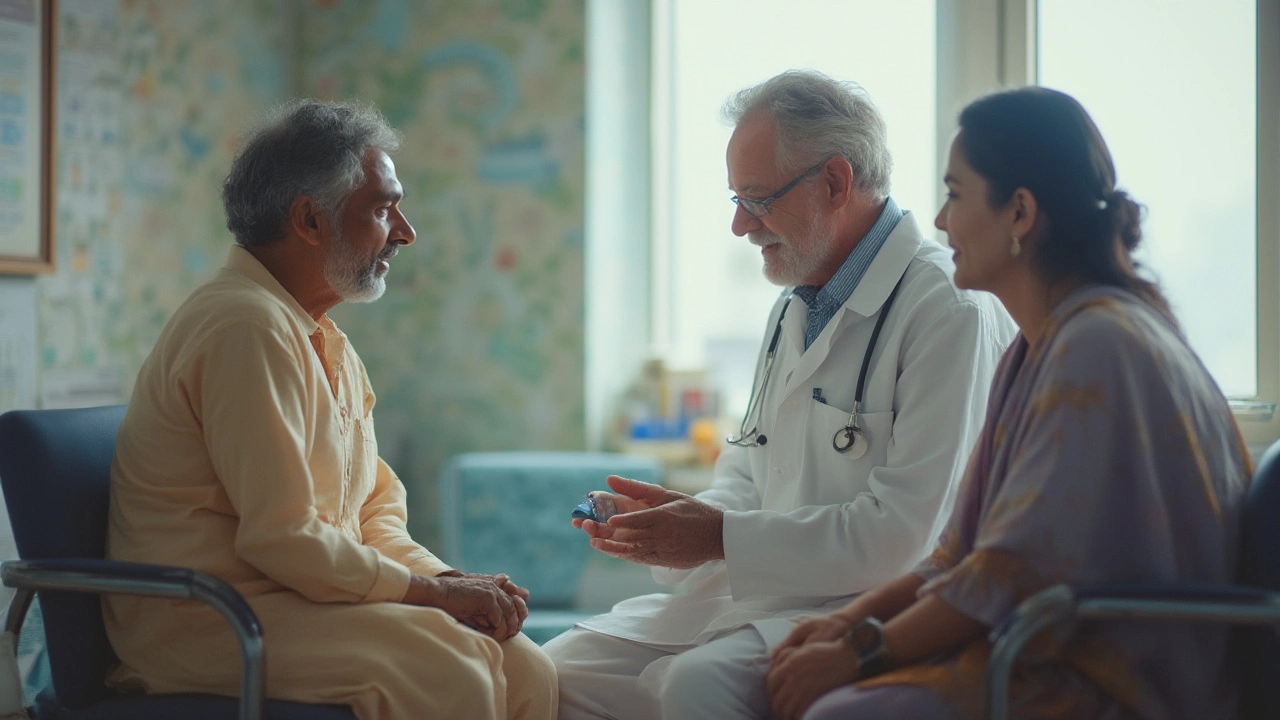
Personal Values and Life Choices: The Real Deciders
No lab result ever measured how you value time, laughter, activity, or freedom. Maybe you’d rather live three months feeling mostly normal than six months feeling drained, nauseated, or housebound. These questions are brutally personal. They’re the ones patients wrestle with late at night, long after the scans and lab tests are over. For parents of young kids, some will accept every drop of treatment for that extra slice of time. For others, declining chemo means showing their children what it looks like to face tough choices honestly and bravely.
Faith and culture also shape how people view chemo. Some rely on religious beliefs about quality of life, while others look to community or family leaders for advice. In certain cultures, elders are expected to avoid heroic, potentially painful medical interventions at life’s end; in others, every possible minute should be fought for, no matter the discomfort. There’s no single right answer. The best care teams ask direct, open-ended questions: “What matters most now?” or “What are you hoping for?” Not “chemo, yes or no?” but “What’s your definition of a good day?”
Another reality: people with strong social support report less fear and regret about declining chemo, even as their disease advances. It’s easier to say no when surrounded by loved ones who share your vision. A study from Dana-Farber Cancer Institute showed that patients who brought a partner or advocate to meetings had better recall and less anxiety about big decisions. If you’re struggling to voice your preferences, start with your values and let those steer the conversation—not just statistics.
Don’t forget to clarify your wishes in writing. Advance directives and living wills are more than boring paperwork. They let family and care teams know how to respond if things unravel fast. If you want time at home instead of the ICU, or have strong feelings about invasive procedures, spell it out clearly.
Beyond Chemo: Alternatives, Palliative Care, and the Way Forward
Chemo isn’t your only weapon. In the last few years, medicine has exploded with newer treatments. Immunotherapy can train your immune system to attack cancer in ways classic chemo can’t, and some forms come with milder side effects. For some people with advanced melanoma or lung cancer, immunotherapy has quadrupled survival rates in five years—a huge deal, even if it doesn’t work for every case.
Targeted therapies focus on the actual genetic mutations driving your cancer. Drugs like PARP inhibitors for advanced ovarian cancer, or tyrosine kinase inhibitors for chronic leukemia, sometimes deliver results where old-school chemo fails. These treatments can be pill-based and less rough on hair, nerves, and blood counts.
Radiation (either as a sole therapy or combined with small doses of less aggressive chemo) can shrink tumors, ease pain, and actually buy months or even years of good time for some cancers, like head and neck or prostate. Palliative care—sometimes misunderstood as “giving up”—is actually about living better. Teams help manage symptoms, address emotional stress, and throw in practical support, all while you can still opt for aggressive treatments if you change your mind. The earlier you get palliative care on board, the better your physical comfort and emotional clarity, according to dozens of studies published since 2020.
- Second opinions: If you’re on the fence, talk with another oncologist in a different hospital system. Sometimes they suggest new clinical trials or management plans tailored to your case.
- Support groups: Meeting other patients who chose “no” to chemo (temporarily or permanently) can help you piece together what living well looks like, even if outcomes are unpredictable.
- Holistic and integrative medicine: Practices like acupuncture, meditation, or tailored supplements (always discuss with your medical team first) can bring serious relief, especially for those skipping harsh medications.
- Clear communication: Honest, ongoing conversations—before, during, and after difficult decisions—keep everyone on the same page, reducing guilt and confusion if your course of action changes down the road.
Saying no to chemo is not the end of the story, just a new chapter. For some, it’s a temporary pause to heal or regroup. For others, it’s a final decision to live on their own terms. The real heart of the issue? Understanding what you want most, getting solid facts, knowing fresh treatment options, and being brave enough to stand by your choice—with your team’s support. No single data point decides this call. It’s yours.
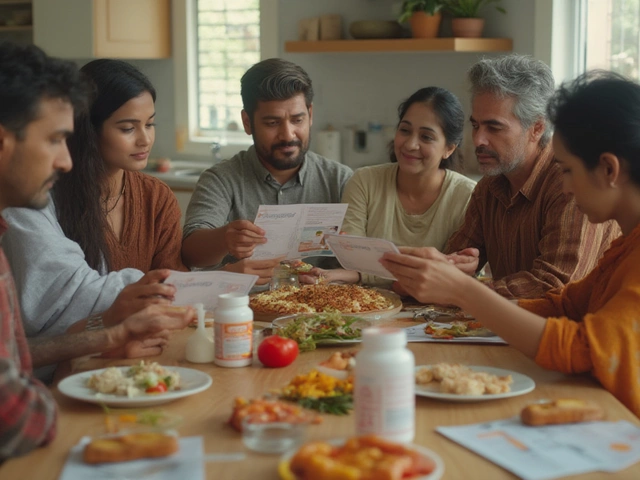
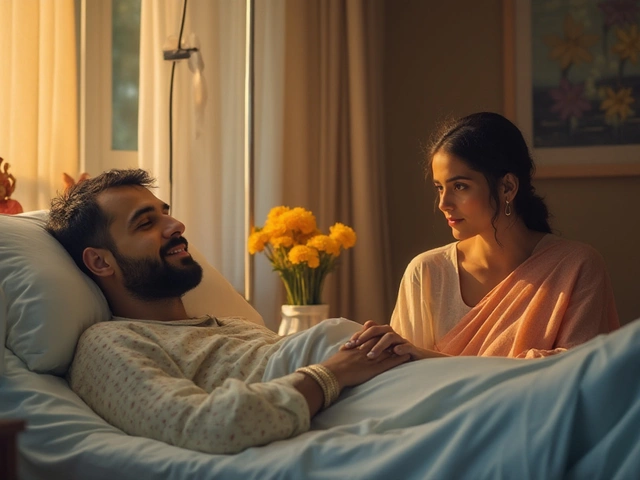
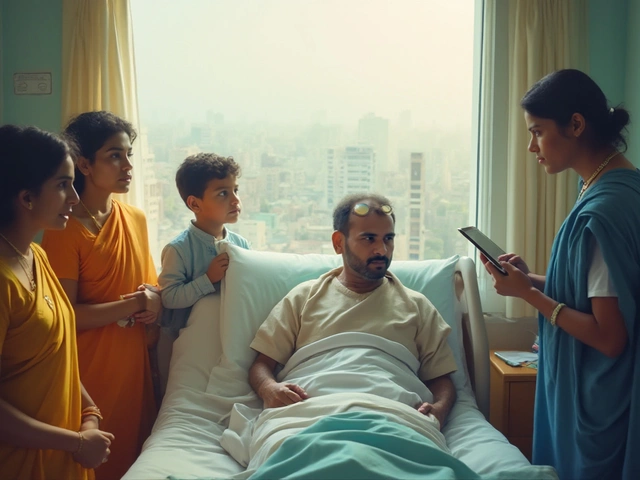


Rohan Talvani
I am a manufacturing expert with over 15 years of experience in streamlining production processes and enhancing operational efficiency. My work often takes me into the technical nitty-gritty of production, but I have a keen interest in writing about medicine in India—an intersection of tradition and modern practices that captivates me. I strive to incorporate innovative approaches in everything I do, whether in my professional role or as an author. My passion for writing about health topics stems from a strong belief in knowledge sharing and its potential to bring about positive changes.
view all postsWrite a comment